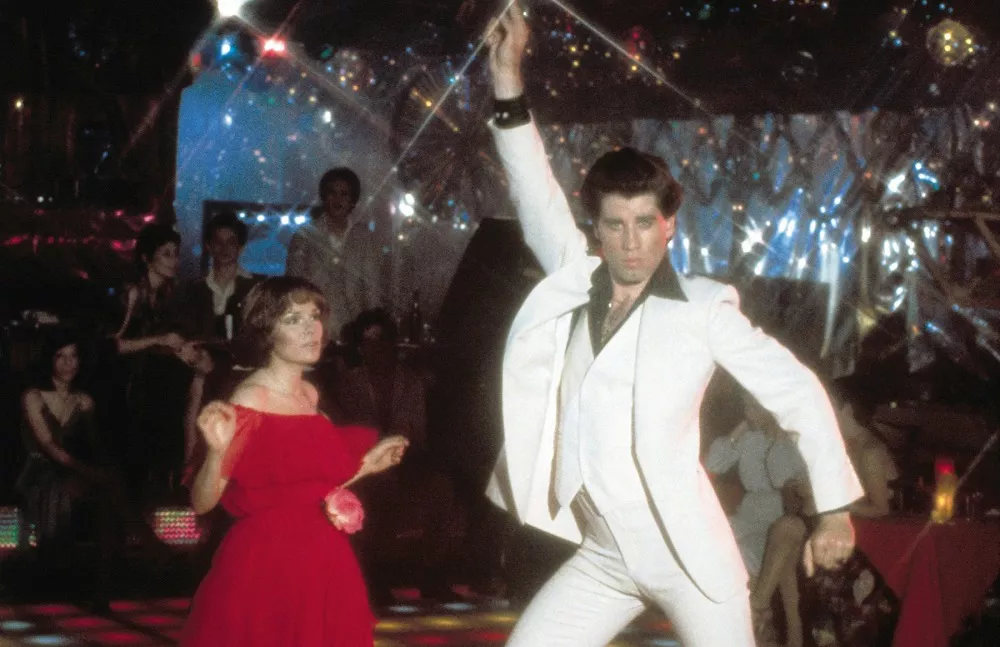The disco era, marked by its distinctive music and cultural significance, has left an indelible mark on the world of entertainment. The Disco era, often associated with the 1970s, was a period of vibrant dance beats and glitzy fashion that captivated a generation. In this article, we will explore the origins of the disco movement, its peak, and the lasting legacy it has left on popular culture.
The Birth of Disco
The roots of disco can be traced back to the early 1970s, with its emergence in New York City. However, the genre’s origins can be found in the dance clubs and underground parties of the 1960s. Disco, derived from the term “discotheque,” initially referred to the venues where this music was played. These venues became the breeding grounds for a musical revolution that would soon take the world by storm.
One of the early pioneers of disco was DJ David Mancuso, who hosted private parties known as “Love Saves the Day” at his home. These gatherings featured a mix of soul, funk, and early disco tracks, setting the stage for the genre’s development. Disco was not just about the music; it was a lifestyle and a cultural movement that embraced diversity and self-expression.
The Disco Sound Takes Shape
As the disco scene continued to grow in popularity, a distinct musical sound began to emerge. Disco songs were characterized by a four-on-the-floor beat, a steady rhythm that encouraged dancing. This beat was often accompanied by lush orchestration, soaring strings, and infectious melodies. Artists like Donna Summer, Gloria Gaynor, and the Bee Gees became synonymous with the disco sound, producing hit after hit.
One of the defining features of disco music was the use of the disco ball in clubs, reflecting and refracting light to create a mesmerizing visual experience on the dance floor. The combination of the music and the dazzling visuals created an atmosphere that was truly magical. Disco wasn’t just a genre; it was an immersive sensory experience.
The Disco Craze Sweeps the Nation
By the mid-1970s, disco had exploded into the mainstream. Clubs like Studio 54 in New York City became legendary for their exclusivity and star-studded clientele. Celebrities, artists, and everyday people flocked to these venues to immerse themselves in the world of disco. The music was infectious, and the dance floor was the place to see and be seen.
The release of the 1977 film “Saturday Night Fever,” starring John Travolta, catapulted disco into the stratosphere. The film’s soundtrack, featuring songs by the Bee Gees and other disco icons, became one of the best-selling soundtracks of all time. Travolta’s iconic dance moves and white suit became symbols of the disco era.
Disco Fashion and Culture
One cannot discuss the disco era without mentioning its distinctive fashion and culture. The fashion of the time was bold and extravagant, featuring glittering dresses, platform shoes, and wide-collared shirts. Both men and women embraced a more androgynous style, blurring traditional gender boundaries.
Disco culture was also marked by its inclusivity. It provided a safe space for the LGBTQ+ community and people of all backgrounds to come together and celebrate. The dance floor was a place where everyone could express themselves freely, and the music served as a unifying force.
The Backlash Against Disco
As disco reached its peak in the late 1970s, it also faced a growing backlash. Some critics and music enthusiasts derided it as shallow and overly commercial. The “Disco Sucks” movement, led by DJ Steve Dahl, culminated in the infamous Disco Demolition Night at Chicago’s Comiskey Park in 1979, where disco records were blown up on the field.
While the backlash against disco ultimately waned, it did lead to a decline in the genre’s popularity. Many artists who had achieved success in the disco era struggled to reinvent themselves in the changing musical landscape of the 1980s.
Disco’s Lasting Legacy
Although the disco era may have faded from the mainstream, its legacy endures. Disco influenced a wide range of musical genres, including dance, house, and electronic music. The four-on-the-floor beat and danceable rhythms that were hallmarks of disco can still be heard on dance floors around the world today.
Moreover, disco has left an indelible mark on popular culture. Its fashion, music, and ethos continue to influence artists, designers, and creators across various mediums. The spirit of inclusivity and self-expression that defined disco is a powerful force that resonates with people to this day.
Conclusion
In conclusion, the disco era, which reached its zenith in the 1970s, was a cultural phenomenon that transcended music. It was a celebration of music, fashion, and diversity. While the peak of disco may have been relatively short-lived, its impact has endured for decades. The beat goes on, and the spirit of disco lives on in the hearts and dance floors of those who experienced its magic.
Disco was not just a genre; it was a movement that brought people together through the universal language of music. As we look back on this iconic era, it’s clear that disco will forever be a timeless and cherished part of musical history. So put on your dancing shoes, cue up a disco playlist, and let the music transport you to a time when the dance floor was the center of the universe. Disco lives on, and its rhythm will never fade away.

